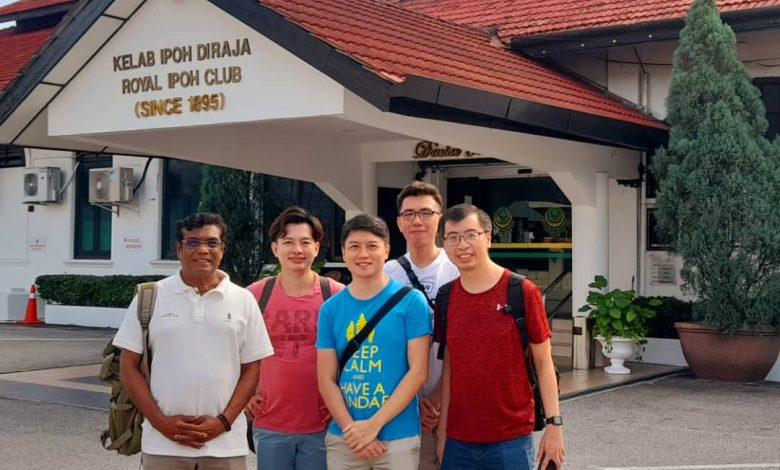

By Anne Das
Ipoh is truly a fascinating city that is full of beautiful architecture and historical buildings, as well as iconic street art at every corner. From classic colonial architecture, to chic bistros and shops, to a historic multi-story car park to an old opium den, there really is something for everyone! Admittedly a small town yet so much effort is taken to preserve and highlight its heritage is truly amazing.
Ipoh Echo was invited to take an early morning walk with Mr. Sundralingam (fondly known as Sunny) last weekend.
A former school teacher of 37 years, having shaped and groomed many generations of students, teaching is surely in his blood. He is a certified Ipoh Heritage Tour guide who is also a history buff. He is enthusiastic, patient and has an interesting way of storytelling to keep you engaged for the entire tour.
Being from Ipoh myself, and having seen these buildings and heritage sites before, yet this is the first time I experienced going on a tour. It was enlightening, to say the least. There were so many details that I did not know. I was worried it was going to be too long and too dry for my liking. But the route is within reasonable walking distance (roughly about 3k) and it was very enjoyable. And if you want to get to know the historic parts/ stories of Ipoh city. (some not even found in our history books)
“See everything with new eyes and learn about the rich heritage within Ipoh” encouraged Sunny with a big smile.
He takes an average of 3 guided tours a week, which he carefully plans and customises based on the requirements of the tourist.
There are still so many on-going renovations, restorations, and reinforcements to the pre-World War 2 buildings which has given a revival and new lease of life to Ipoh old town.
Now you are spoilt for choice over what to eat or drink, be it in a swanky new spot like The Belly Lab or in old colonial settings at the Kong Heng Coffee Shop.
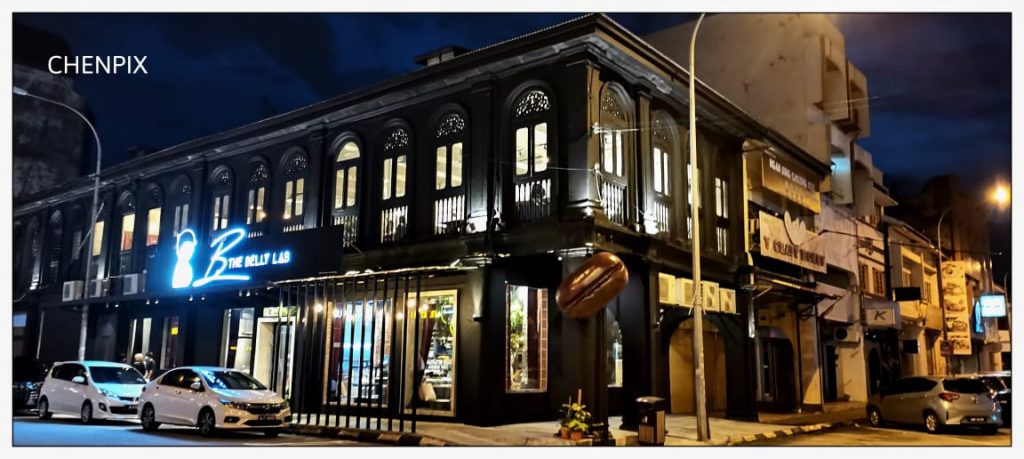

Our tour commenced at the Ipoh railway station, a superb example of colonial architecture, reminiscent of our glorious past. It was built by the famous architect, Arthur Bennison Hubback in 1917, who also built the Kuala Lumpur Railway Station.
Housed in an annex to the railway station is the Majestic Hotel, passionately regarded by the locals as “The Taj Mahal” of Ipoh. Sadly, the hotel is closed and left to deteriorate.


Across from the railway station is the Ipoh Town Hall building dating back to 1916 and reminds folks of the Raffles Hotel, Singapore. It has stood strong since World War I.
Another building standing strong is the Royal Ipoh Club, the oldest club in Ipoh, which was used by the Japanese Army as a laundry house during the Japanese Occupation.
Nearby is the imposing St Michael’s Institution which was constructed over 30 years starting from 1922.
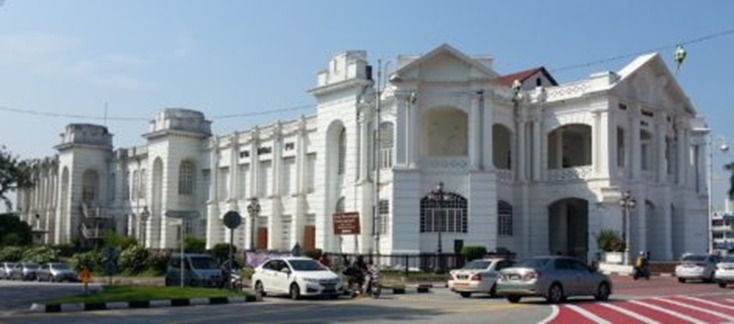



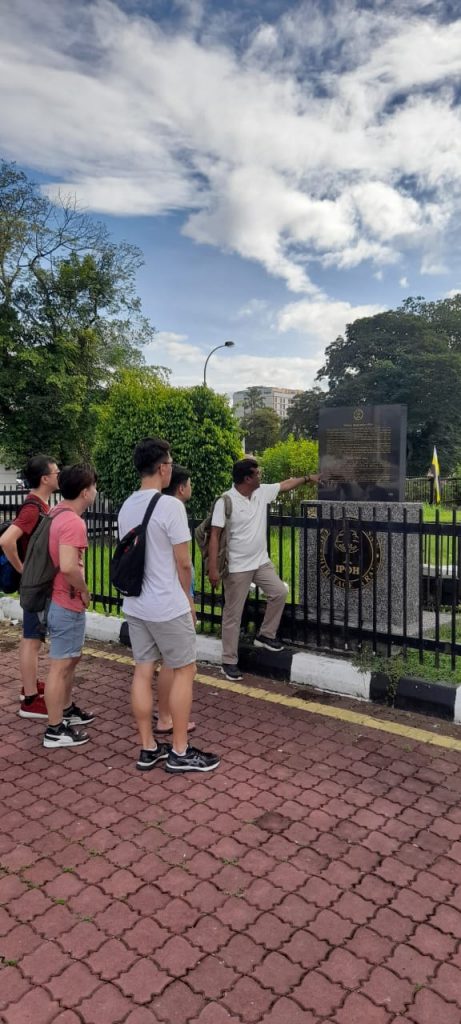

Thankfully, the heritage walk is clearly demarcated and contains just enough interesting historical information about each attraction making it encouraging and convenient to walk through. Even though the city has developed slowly in new town and suburbs, the charm of old town remains largely untouched.
Our tour continued towards the Birch Memorial, built in 1909 to commemorate the First British Resident of Perak, JWW Birch, whose somewhat heavy-handed attempts to extend British authority over the area resulted in him being stabbed to death in 1875. One of its most interesting features is the missing figure on the Birch Clock Tower. The Prophet Mohammad (May God’s blessings and peace be upon him) was painted here among the other greats, but was removed in 1992 after objections to his depiction.
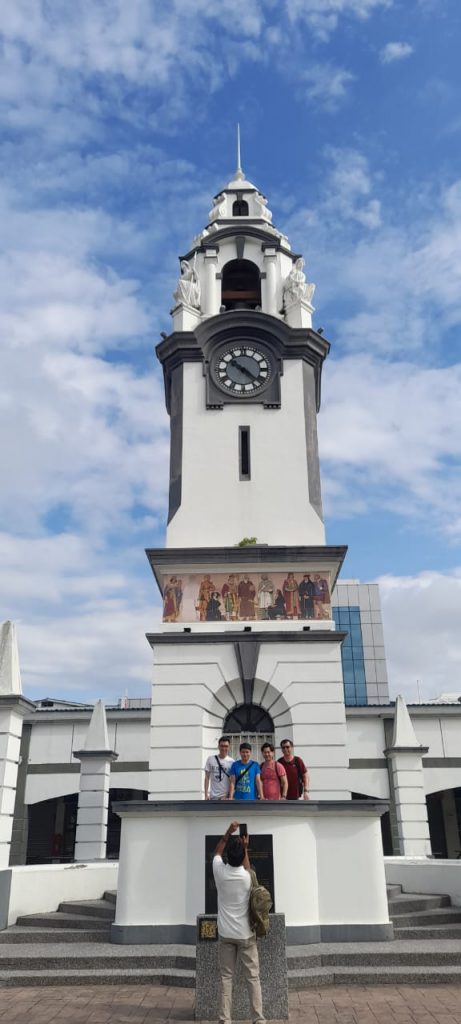

Then we moved on to the colourful Concubine or Panglima Lane, a narrow path in the old town of Ipoh established in 1908. Formerly a residential area where rich Chinese, British officers and businessmen kept their concubines and mistresses in townhouses. The area was also renowned for gambling, parties, and opium.
Today, the area has been transformed into a tourist enclave of artisan shops & cafes, souvenir stalls and even a barber shop. All housed in Pre – war shop lots. It is a must for visitors to Ipoh. There are numerous new local restaurants where one can explore and experience the various local delicacies, cuisines, and snacks famous in Ipoh.
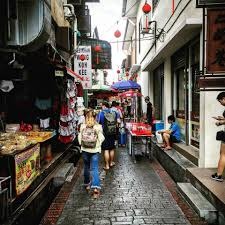

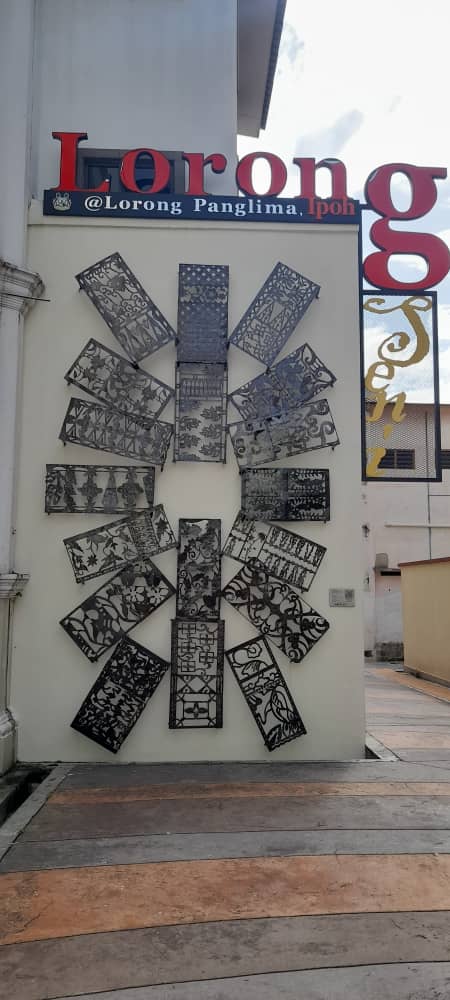

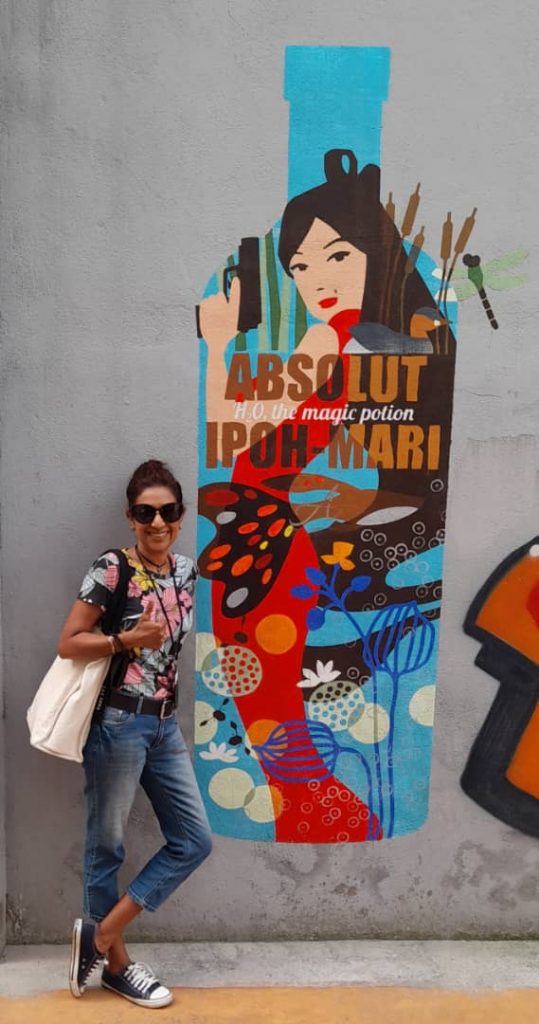

After taking a few zig-zags through Ipoh’s colourful side streets we arrived in front of the distinctive Han Chin Pet Soo building in Treacher Street (Jalan Bijih Timah) which was established in 1929 as a Chinese tin-miners’ club. It has an unusual design, with a bay window topped with an Islamic style ribbed half-dome and decorated with colourful floor and wall tiles which remain in very good condition.
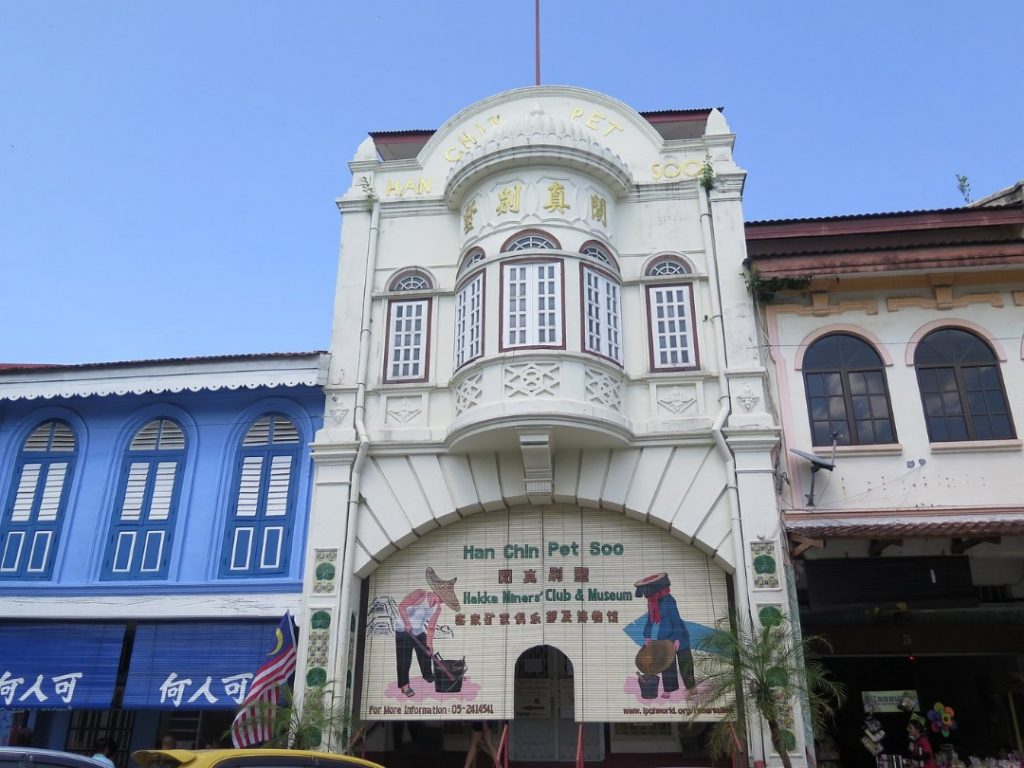

My walk with Sunny took about two hours on a walking route which is about 3.8km, and within the vicinity of the historical Ipoh Old Town. This is roughly what one can expect to see if you decide on the Ipoh Heritage Walk. If you want a bit of history and fun in your urban adventure: Check out Ipoh Heritage Walk Sundra on Facebook if you would like to know more.


